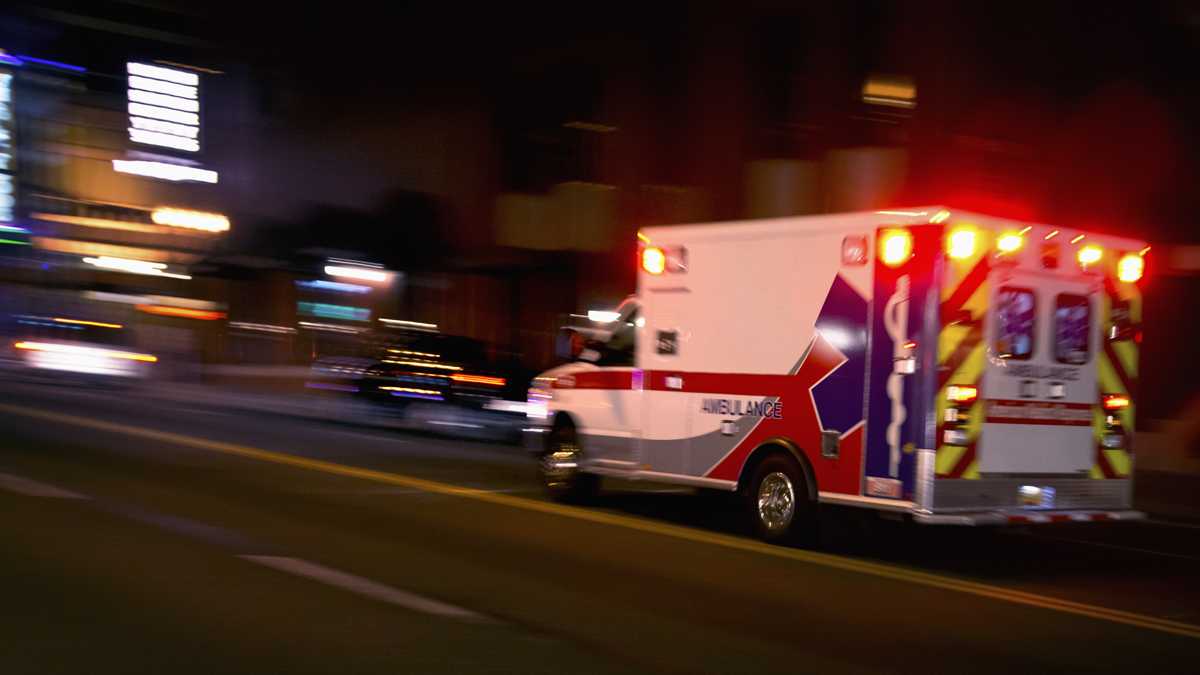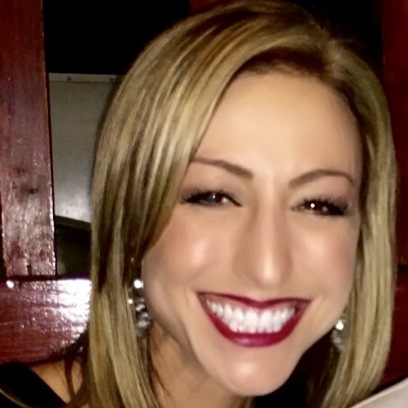
How Paramedics Can Treat a Substance Abuse Patient
EMS has seen the devastating effects of opioid abuse and treating a substance-abuse patient is not easy. But it has now gathered the attention of the general public as well.
It can be exhausting, frustrating, and defeating to see so many people overdosing first hand and not understanding why. While you might not understand you can show compassion, and provide the best care for each individual. Addiction is a disease that affects millions and paramedics often turn themselves to treat a substance-abuse patient.
I am one of those people who was saved and led to the path to recovery by the love and care of the paramedics, and medical staff who saved my life that day. This was not my first time in this situation, I am not going to lie to you. Addicts are stubborn and most of us do not see a way out or don’t know there is another way of life. That day was the day I had enough. If I was just brushed of as another addict and I would never be here today three years sober. You have no idea the impact you can have, your next patient could be someone just like me.
Treating a substance-abuse patient
Today, naloxone (also known under the brand names, Narcan and Evzio), is a common medication carried by EMS providers and police. The drug rapidly reverses the effects of an opioid overdose, blocking opioid receptors. In situations when any drug is administered, it’s important to pay close attention to the patient handoff. Looking at cases when preventable medical error led to a patient’s death, the majority can be attributed to a breakdown in teamwork and communication.
Rather than focusing our efforts solely on the reversal of the opioid and cardiovascular or respiratory resuscitation, a more effective approach expands the focus of our intervention to include opportunities to help the patients into recovery. In the world of rehabilitation, “ROSC” is an acronym for a recovery-oriented system of care. This type of response is a more promising system focus for EMS and public safety than our current response models. The real challenge is how we transition to that new model of care.
The primary response to a 911 call for an overdose will always include a resuscitative focus. However, once the patient is revived, most systems have little to offer in the way of providing follow-up support. One option for communities is to provide a warm handoff from the 911 response to the systems available to help with opiod rehab facilities. Provide a visit by a community paramedic or a certified recovery specialist after the emergency medical phase of the call ends.
Patients willing to accept help could be navigated to recovery services in the community. Those unwilling or unable to quit at that moment could be offered a variety of harm reduction alternatives that encourage safer use of their drugs. This could include, for example, directing patients to locations where they can obtain clean needles, or advising the patient, their friends and family members on techniques to minimize the likelihood of dying from an overdose such as educating them on proper naloxone administration. Although more controversial you could even teach the patient how to inject safely to minimize the longer-term risks of hepatitis and HIV infection.
Self Care to Avoid Burnout
So can this burnout be avoided? According to the Public Safety Degrees the research has examined this in some detail and it is clear that recognizing the stress early and managing it is the key.Some symptoms including irritability, fatigue, anxiety attacks, and loss of appetite or weight gain due to lack of exercise or overeating. Less obvious symptoms include an increasing reliance on alcohol and tobacco, insomnia and a general inability to concentrate.
Many departments have instigated a physical fitness program, including medical evaluation to assess the most effective program for an individual. The facts are proven that regular workouts reduce stress but they are insufficient alone without other forms of support.
Stress questionnaires have also proven effective in recognizing the early signs of EMS or Paramedic burnout, sometimes before any obvious physical signs are apparent. Such questionnaires should be properly designed, confidential, voluntary and non-punitive to be properly effective. The stressors are divided into what the department can and cannot control.
Another method which has been found to be effective is education of the sources of stress and self help techniques to reduce the effects. All this flies in the face of traditionalists who demand that the profession should stay tough, but effective programs can reduce stress related deaths, alcohol and substance abuse and also significantly reduce sick leave and low productivity.
The more advanced emergency departments are changing the old mentality of “asking for help is a sign of weakness” to one of real systematic support with real measurable benefits. It is this type of employee assistance program which is reducing burnout as an expectation in the emergency services.
While treating a substance-abuse patient, never give up
You can save lives in more than one way. You could change an addict’s life forever. I know mine was. Some attempts may be unsuccessful, but saving even one life and lead them on the path to recovery is the best gift you could ever give them. I know I am so grateful for you and the difference you make every day!
Crystal Hampton is a 37 year old avid writer from South Florida. She loves snuggling with her teacup yorkie Gator and boyfriend Adam. She works for a digital marketing company that advocates spreading awareness on the disease of addiction. Her passion in life is to help others by sharing her experience, strength, and hope.



